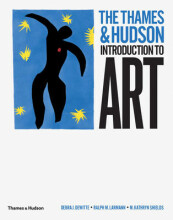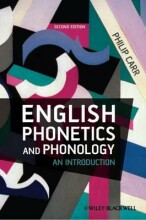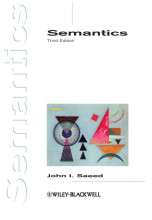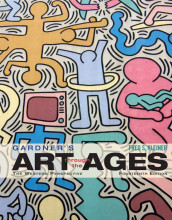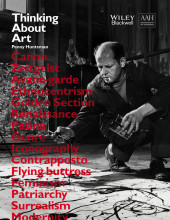Media and Processes - Photography - The History of Photography
5 important questions on Media and Processes - Photography - The History of Photography
What was the camera obscura and when was it used?
Who invented the way in which photographs could be made permanent and readibly reproducable?
What did Daguerre and Niépce invent in the early 1800s?
- Higher grades + faster learning
- Never study anything twice
- 100% sure, 100% understanding
What did William Talbot figure out?
What does digital photography mean?
The question on the page originate from the summary of the following study material:
- A unique study and practice tool
- Never study anything twice again
- Get the grades you hope for
- 100% sure, 100% understanding



















